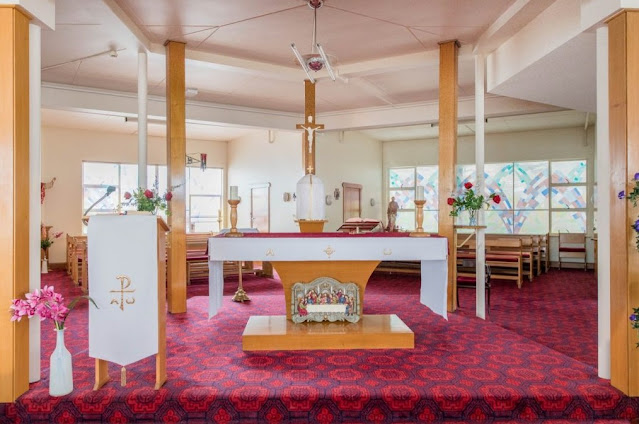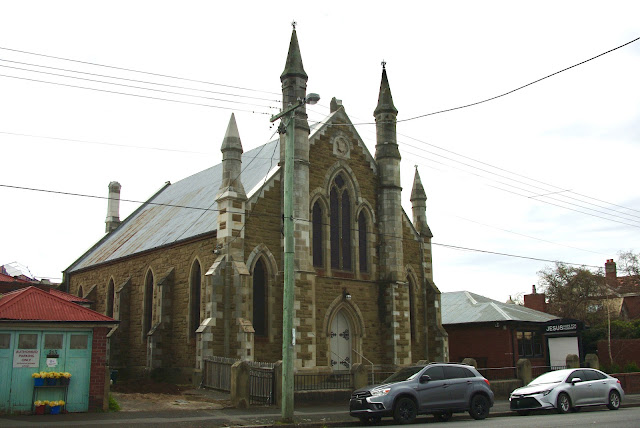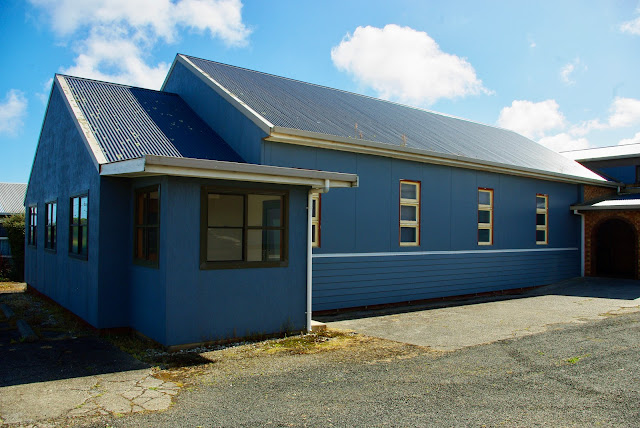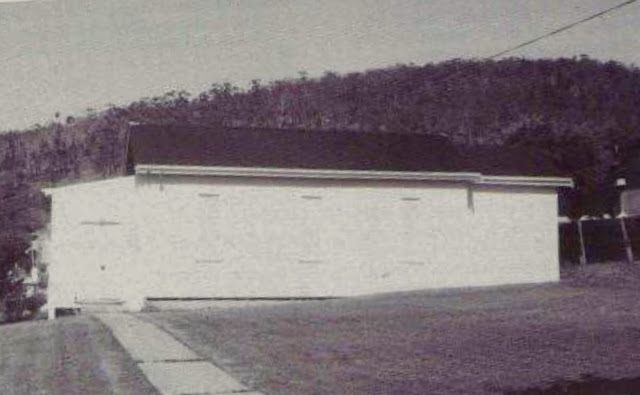No. 1216 - Hobart - All Saints' Sunday School (1877) "Unwearied zeal and enthusiasm"

This article is one of a series about the history buildings associated with some of Tasmania’s most significant churches. These buildings include Sunday schools, parish halls, convents, schools and residences of the clergy. Ancillary buildings are often overlooked and rarely feature in published histories. My aim is to create a simple record of these buildings, including those that no longer exist. The construction of the landmark All Saints Anglican church on Macquarie Street, South Hobart began in 1858. It is of an early English Gothic design by architect Henry Hunter. Hunter also designed the church’s Sunday school which was completed in 1877. The cost of the Sunday school building, which amounted to £1000, was borne by Alfred Kennerley, a wealthy businessman, philanthropist and premier of Tasmania (1873-1876). Kennerley, and his wife Jane, were staunch supporter of the Church of England. Kennerley made a significant contribution towards the extensions made to All Saint’s Church in ...









